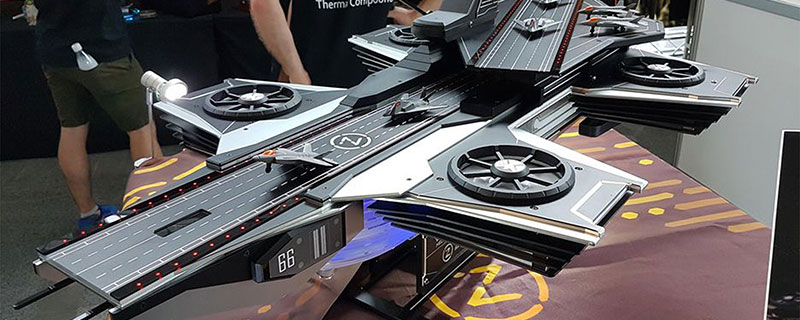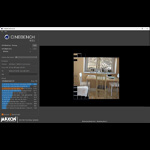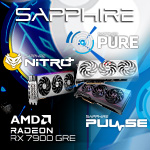
In this third and final installment we cover still more aspects of PC cases that can’t be overlooked. We encourage you to read part 1 and part 2 if you haven’t done so yet.
Finish
A case made nearly entirely of metal won’t fail to impress, and should be among the sturdiest out there. But sometimes the wise use of good quality plastic can work wonders. Whatever material you go with, be aware that things that may appear very nice in photos may in real life fail to live up to their good photogenic luck. Also, pay particular attention to the mix of plastic and metal parts that come in white matching.
Brushed aluminum surely looks premium, but it is a fingerprint magnet. If you’re a fiddler, keeping such a rig tidy becomes a very demanding task.
Fans
The more fan options you have, the better. Two front fans, one in the back and one on top has become the standard (for ATX cases), while premium models offer more fan mounting points.
Fans smaller than 120 mm are now fully obsolete. 80-mm or 92-mm fans are useful only in very small cases. 140-mm fans are gradually getting more popular. Bigger fans, like 230 mm, may look cool and powerful, but you get a very limited choice of models, unlike their smaller counterparts. I recommend 140 mm, especially for water-cooling radiators. 20 mm may not seem like much, but it makes a noticeable difference in performance.
Some manufacturers include fans in their cases. In the past they were often of very poor quality, but today you can come across decent ones. As an enthusiast, I prefer the case to come with no fans so I can deck it out myself and not pay up front for something I’m not going to use anyway.
If RGB fans are included, pay careful attention to what kind of RGB are they – whether they have a propriety control system or wireless remote control—as well as which RGB system they support.
Additional features
Some cases can feature a silent interior. This may be a good feature if executed well and the whole rig is assembled with silence in mind. Remember, however, that sound dampening materials will make the case heavier and can contribute to heat accumulation.
Premium cases can feature additional functionality such as a wireless phone charger like the one shown above.
A fan hub can be a welcome addition to a case.
More expensive cases with RGB fans can feature an RGB hub. They also come at a serious price premium.
Special cases
Open chassis offer an interesting look, but will send you straight to dust hell. It’s also not a great idea if you have small children or cats.
A case with a HEPA filter for dusty environments.
Benchtables are for overclockers and PC tinkerers; just keep in mind that such rigs are a dust magnet.
A train-shaped case.
A case modeled after the Helicarrier in Avengers.
A motorized case from In-Win; it is very impressive, but also completely impractical for normal use; it is mostly used during fairs as an attention-grabber.
Wall mount option for cases like this is very intriguing, but you have to remember that I/O cables have to be neatly organized to keep the rig looking tidy and minimalistic.
Summary
There are different users with different needs, so there is no perfect case for everyone. Go with the one that compromises the least on what’s important to you. Also when you know what to look at, it becomes easy to outright disqualify cases that are poorly designed or don’t feature the functionality you desire.




























